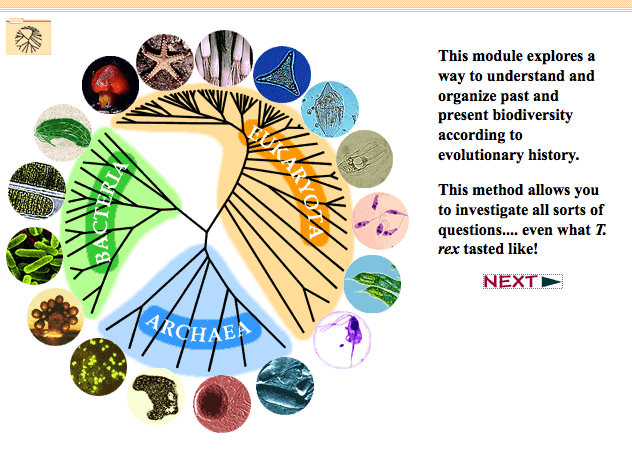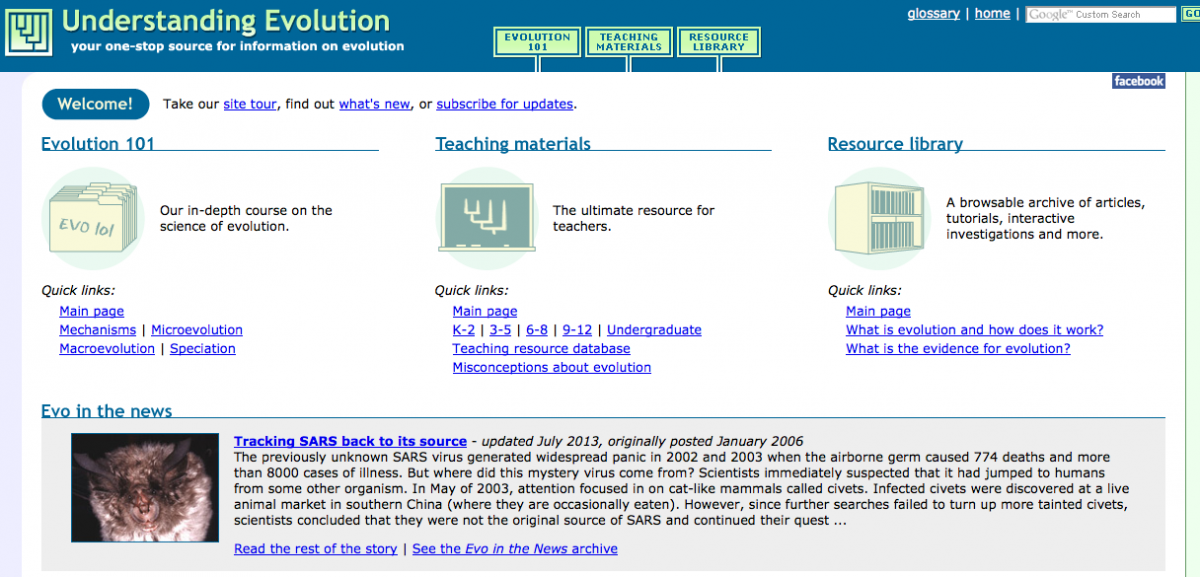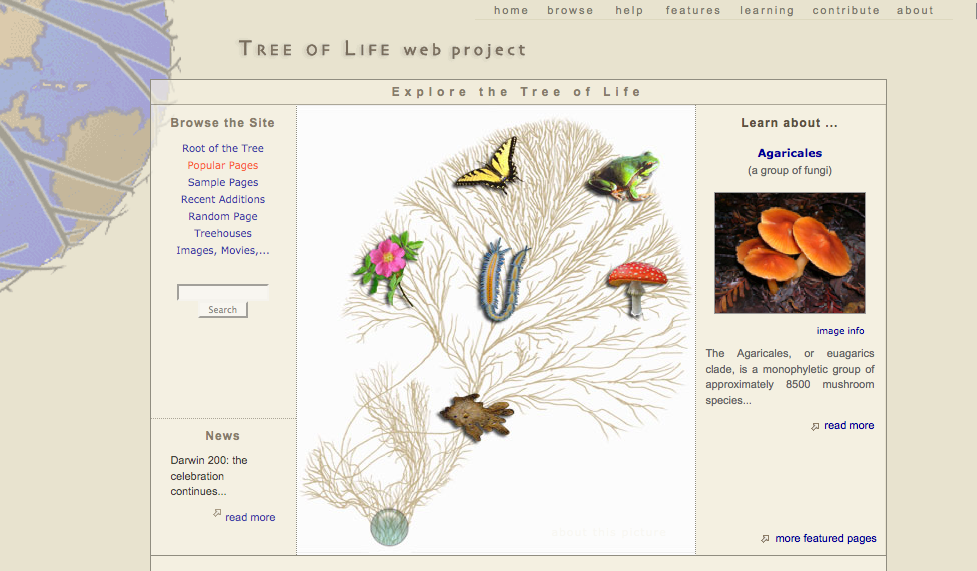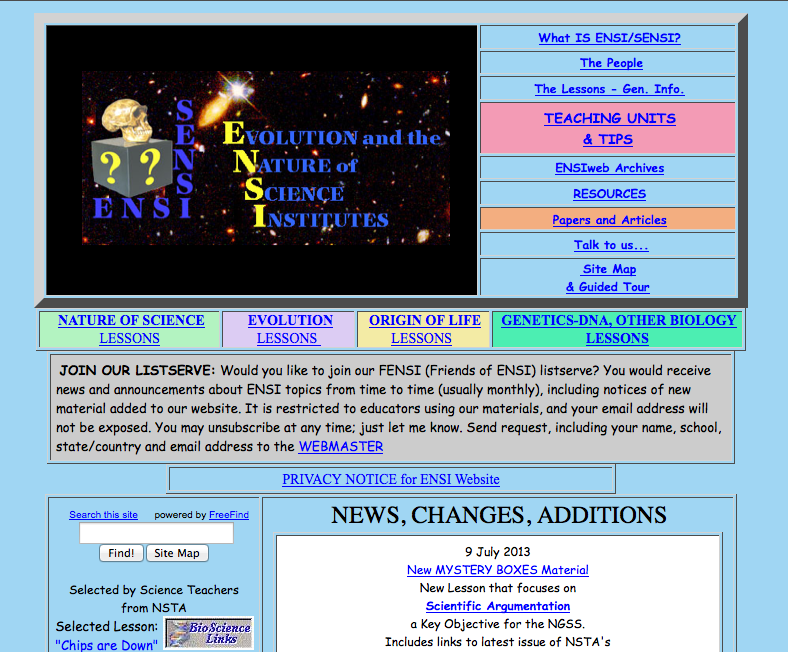Evolution, Phylogenetic Trees, and Younger Audiences
Evolutionary relationships and phylogeny can be a confusing topic even for some college students, so how do K-12 science teachers navigate this sometimes frustrating topic and find the resources to help them share this important knowledge with their students?
I was talking with some of the teachers during the Biodiversity Academy week here in Washington D.C. about software programs or online resources that would be appropriate for middle school or elementary audiences. Here are a few online resources I found that may be helpful in those settings:
This web page created by the University of California: Berkeley called, "What Did a T-Rex Taste Like?" is a great site for younger audiences and is adaptable for grades 5-12. It's fun, colorful, and informative without being overwhelming. This site is more concept- orientated rather than data-orientated and interactively walks students through information such as: vocabulary and definitions that describe evolutionary relationships, basic genetics, the basics of how to read a phylogenetic tree, how to trace common ancestry, and the basics of filling out a character matrix.

There are other unique games and online interactives similar to "What Did A T-Rex Taste Like?" that you might find useful in the classroom on the University of California Museum of Paleontology's "Explorations Through Time" webpage.
There is even more kid friendly information and great educational resources for teachers at the University of California Museum of Paleontology's site named, "Understanding Evolution: Your One Step Stop for Information on Evolution."

I really like this handy page that describes how phylogenetic trees are used in different ways to solve both scientific and practical problems.
The Tree Of Life Web Project is a great resource for teachers and students interested in life on this planet. According to the website, biologists and nature enthusiasts from around the world contribute to more than 10,000 World Wide Web pages that provide information about "biodiversity, the characteristics of different groups of organisms, and their evolutionary history." They have a section meant specifically for kids under their learning tab called, "Treehouses on the Tree of Life." This section is worth checking out, and contains activity ideas, teacher resources, games and web quests related to the Tree of Life. I think my favorite activity listed here is the "Making 3-D Models of the Tree of Life."

The Evolution and the Nature of Science Institutes' website is a large collection of classroom activities, lessons, and interesting articles and research concerning the nature of science, evolution, the origin of life, genetics, DNA, and other biological topics. This site should give you a lot of great ideas for middle school science lessons and activities, (some may be adaptable for younger audiences, but this is for you as a user to decide).

This is also a really interesting resource: The Green Tree of Life is an interactive web page with a hyperbolic Tree of Life that can be explored and manipulated online.
If you know of any other resources that have helped you teach evolution and evolutionary relationships in your classroom, feel free to share them with us and our larger community in the comments section below! I hope you found this article helpful and informative.